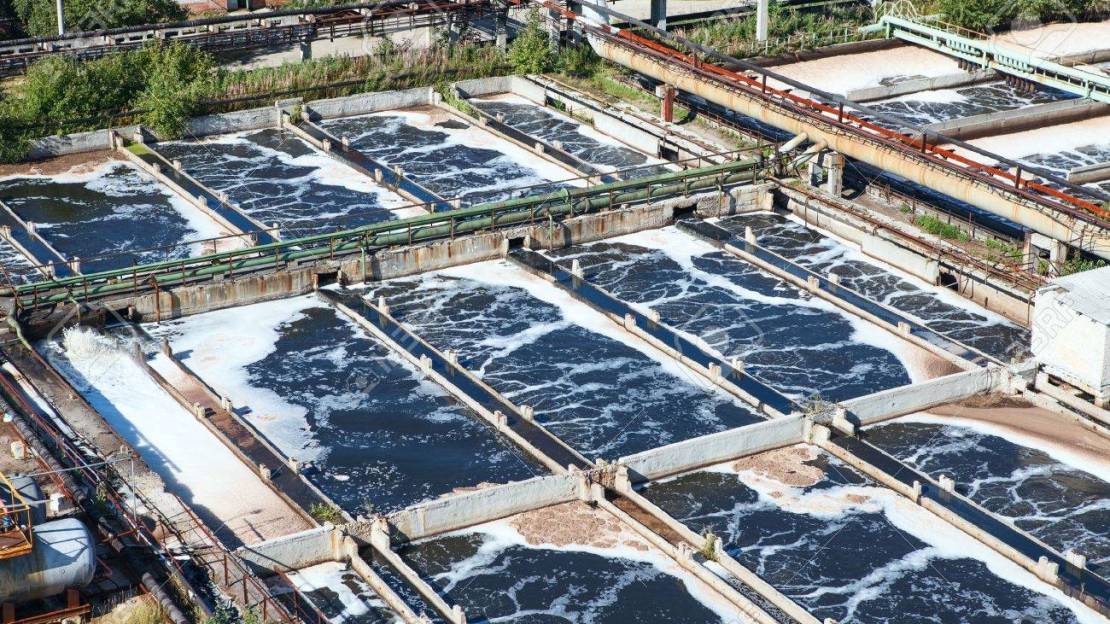John Tolley, August 21, 2018
Without exception, we want the evidence of the dirty work we must all do in the restroom to disappear down the drain and flow far from our location, and the marvel of modern municipal plumbing is usually happy to oblige. But what becomes of our unseemly sewage, and should we be so quick to be gone with it?
Chances are most people couldn?t keep such thoughts further from their mind. But a pair of researchers at the University of Illinois are doing just that, and their inquiry into the value of human wastewater is generating some interesting findings.
Sewage is disgusting. But, it is also a substance rich in nutrients that could be harvested and reused in a number of ways. Speaking with the University of Illinois News Bureau, Jeremy Guest, a civil and environmental engineering professor, explained that current sewage treatment methods do little to recover these nutrients.
?We grow our crops in the field, apply nutrient-rich fertilizers, eat the crops, excrete all of the nitrogen, phosphorus and potassium and then those nutrients end up at the wastewater treatment plant,? said Guest, co-author of a recent study published in the journal Nature Sustainability. ?It is a very linear, one-directional flow of resources. Engineering a more circular nutrient cycle would create opportunities that could benefit the environment, economy and agriculture.?
The water content of sewage provides another benefit as it could can convey the nutrients and provide much-needed irrigation, explained the lead author of the study, Illinois graduate student John Trimmer. Wastewater only needs to be treated to prevent the spread of harmful pathogens then it can be used safely on crops, albeit those close enough to sewage collection facilities to make transport costs negligible. For agriculture operations located further away, technology and processes exist that can reduce wastewater to a more economically-concentrated form.
To learn more about the study and the data identifying the best areas globally for implementation of wastewater-to-fertilizer conversion, read the full University of Illinois article here.







